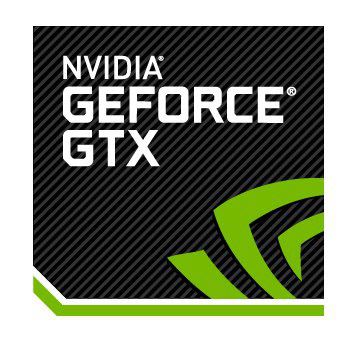NVIDIA GTX 970 GPU: Company faces lawsuit after false advertising
The largest graphics chip manufacturer for desktop and laptop machines has had to dodge several bullets over falsely advertising the inflated specifications of its GTX 970 GPU. Now, the tech firm has been struck with a lawsuit concerning its graphics processor belonging to the Maxwell architecture. Originally, NVIDIA had marketed its GTX 970 graphics card to be a very capable chip that boasted 4 GB of video frame buffer.
After running applications that were utilizing more than 3.5 GB of video, several PC gamers complained of performance dips that were being displayed from their product. Afterwards, it was revealed that NVIDIA altered the specifications of its graphics card, stating that the chip is still able to perform well in a majority of taxing gaming applications. The remaining 0.5 GB of graphics video memory runs 80 percent slower compared to the remainder of the frame buffer, a fact that NVIDIA failed to point out.
Details of the lawsuit have been posted by Scribd, which states:
"The defendants engaged in a scheme to mislead consumers nationwide about the characteristics, qualities and benefits of the GTX 970 by stating that the GTX 970 provides a true 4GB of VRAM, 64 ROPs, and 2048 KB of L2 cache capacity, when in fact it does not. Defendants' marketing of the GTX 970 was intended to and did create the perception among purchasers that the product was, in fact, able to conform with the specifications as advertised."
In reality, the graphics processor only possesses 56 ROPs units and the actual usable memory bandwidth is less than 224 GB/s. In addition, the L2 size is 1792 KB, not 2048 KB, as advertised. One of the reasons why there is a performance dip when gaming applications utilize more than 3.5 GB of video memory is because the remaining frame buffer is accessed at a much lower memory bandwidth.
NVIDIA has not yet commented on the lawsuit.












